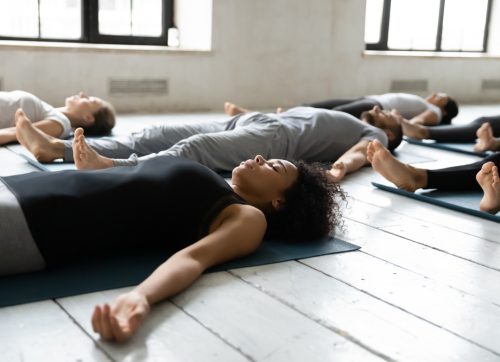
New to Running. Keep it simple!
You want to start running to get in shape, run a race, or just because you always wanted to try. Where do you start?
- Author:
- Jodi Richard
- Date:
- January 3 2025
You might envision hitting the sidewalk or the trail and getting a quick few miles in without much effort. You may think a mile isn’t that far until you get out there and try it. I started running after I graduated college. I was so out of shape and overweight that a mile might as well have been 100 miles.
I started by walking a lot while I was “running.” I would walk for 5 minutes and run for 1 minute, focusing on the one-mile distance. I stuck to one mile for at least a month and increased the amount of running versus walking. Somehow, after a month, that mile seemed a bit shorter and was getting faster. What worked in my favor? Consistency helped. I was out there at least 3 days a week, and as I progressed, I added more mileage and running days. Now I run 6 days a week, along with time on the versa climber, the rower, and some strength and rolling out.
To get started, follow these simple guidelines. After some time on your feet, a mile, three miles, or fifteen miles will feel easy.
- Don’t wait for the perfect day to start. If you want to start running, then start. Don’t wait for the beginning of the week or the month; get out there and do it. Start walking, throw in the 30-second run or maybe a 1-minute run, and then walk again. If you can’t run, walk a little faster for 30 seconds to a minute. Walk/run for 15 minutes or set a distance, such as a half or full mile. Repeat this at least 2 days a week.
- Be consistent. If you can run only two days a week, ensure you get out there on those two days. As you get stronger and faster, you can increase the number of days you run weekly. Consistency is more important than any other training technique. Consistency gives you time on your feet, which equates to the “practice, practice, practice” philosophy.
- Go easy on most runs. Running hard and fast can lead to fatigue and injury, which negates rule number two, consistency. Most of your runs should be at an easy pace. What’s an easy pace? One that you can easily talk in complete sentences without gasping for breath. If you feel out of breath, slow down. The more you run, the faster your easy pace will get. It won’t happen overnight.
- Run a longer distance at least once a week. As you get stronger, run a longer distance each week. If you are running 2 miles three times a week, change one of those 2-mile runs to 2.5 or 3 miles. If you run ten or more miles weekly, increase your weekly mileage by 10% to avoid injury. For example, if you’re running 12 miles per week, you can safely add 1.2 miles to your weekly mileage the following week.
- Listen to your mind-body connection. When you’re starting out, don’t get caught up in foot placement, stride length, and stride cadence. As you run, do what feels comfortable and natural. Forcing yourself to run a certain way can cause mechanical issues, leading to injury. As you get stronger, you can work on your stride and cadence.
- Save the stretching for after your run. Stretching beforehand can lead to injury. Warm up instead with leg swings and lunges and by starting out slowly or even walking the first 5 minutes.
- Adapt your running to fit your life. Experiment with the time of day you run, how many days a week you run, and when you do your long run. Consistency will show you what works best for you and your lifestyle.
If you started running to compete in a race, enjoy the journey to that goal and the goal race itself. Every day you run, you will learn something about yourself, such as your strength and resilience. And how determination can guide you through tough training days. Enjoy the journey of running.
Are you ready to take the journey?
Take the journey and find your nature guide.


